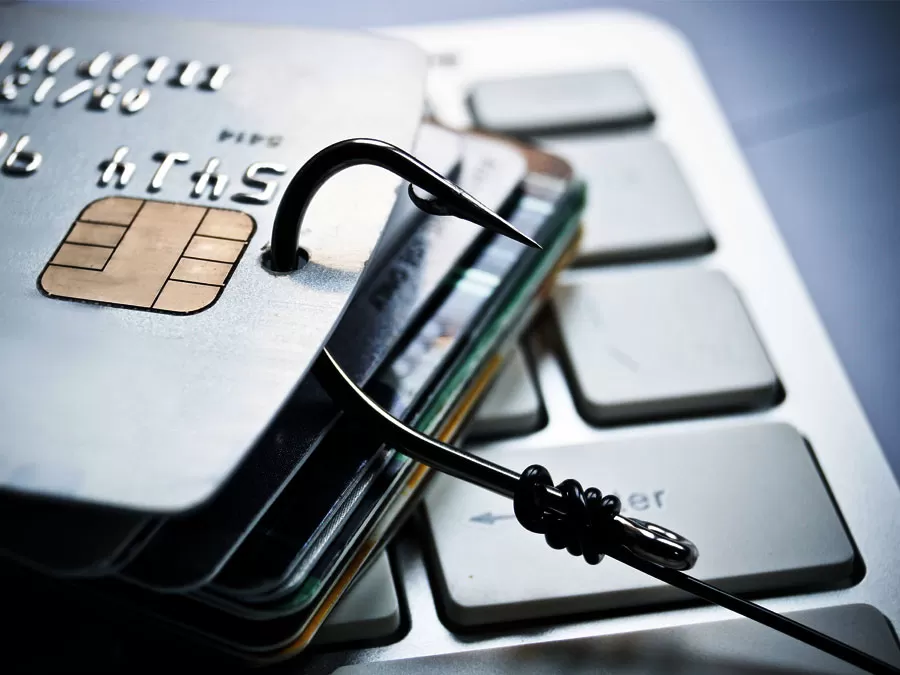Online retailers are losing a huge chunk of their earnings to fraudsters. How can you protect your brand from all types of ecommerce fraud?
Ecommerce provides companies a better way to market and sell their products. By putting up online shopping platforms, they can reach more customers and provide them with a hassle-free shopping experience. Combine this with 24/7 availability and door-to-door delivery and you have the makings of a successful brand.
Ecommerce may have evolved into a global powerhouse that offers consumers unparalleled convenience and businesses unprecedented reach, but it also comes with risks, many of which are unique to digital brands: the parallel surge in ecommerce fraud.
As transactions move from physical to virtual spaces, fraudsters adapt, finding new and sophisticated ways to exploit vulnerabilities.
How Ecommerce Fraud Impacts Brands
The importance of fraud prevention extends beyond safeguarding the financial security of businesses; it serves as a crucial element in establishing and upholding trust within the online marketplace.
For ecommerce brands, the stakes are elevated—they are not only protecting their assets but also thwarting various types of ecommerce fraud to uphold the trust of their customer base.
-
Financial Losses
Ecommerce fraud exacts a toll on a brand’s financial health, leading to direct monetary losses. The financial repercussions can be severe. These losses not only affect immediate revenue but also disrupt long-term financial planning and growth strategies.
-
Damage to Reputation
A brand’s reputation is a valuable asset, and ecommerce fraud poses a significant threat to its integrity. Fraud can tarnish the perception of a brand, eroding the trust that customers place in its products and services. Negative publicity resulting from security breaches or compromised transactions can linger, impacting customer perception and loyalty.
-
Customer Trust Issues
Successful brands rely on trust, and any breach can have long-lasting consequences. All types of ecommerce fraud shatter the trust customers place in a brand. When customers feel uncertain about the safety of their transactions, they may hesitate to engage with the brand. This leads to a decline in customer retention and potential loss of business.
Understanding the Types of eCommerce Fraud
To effectively combat eCommerce fraud, it’s crucial to understand the various forms it can take.
Here’s an overview of the main types of ecommerce fraud that all brands must look out for:
-
Payment Fraud
Payment fraud is one of the most common types of ecommerce fraud, involving deceptive practices during transactions. Various manifestations fall under the umbrella of types of ecommerce fraud. One instance is credit card fraud, involving the unauthorized use of stolen card information to make purchases.
Additionally, there are instances of counterfeit payments that initially appear legitimate.
-
Account Takeover (ATO) Fraud
A growing menace in the ecommerce sphere, ATO involves unauthorized access to customer accounts. Cybercriminals gain control of user profiles through various means, such as phishing or social engineering. Cases of ATO have become more prevalent due to weak passwords, phishing attacks, and insufficient security measures.
As more personal information is stored online, the risk of ATO fraud continues to escalate.
-
Identity Theft
Identity theft is a type of ecommerce fraud that involves the unauthorized use of personal information for fraudulent purposes. Fraudsters exploit vulnerabilities in the system to access and misuse sensitive data, leading to severe consequences such as fraudulent transactions, unauthorized access to accounts, and compromise the personal and financial security of individuals engaged in online transactions.
For instance, they can order items using a false name or use someone else’s credit card details to pay.
-
Phishing Scams
Phishing, a common online fraud, involves posing as a trustworthy entity to obtain sensitive information. This type of ecommerce fraud employs tactics like deceptive emails and fake websites to exploit human vulnerabilities.
Users unknowingly sharing sensitive data, such as login credentials or credit card details, can compromise the integrity of the entire system. Successful phishing attacks may result in data breaches, unauthorized access, and financial losses.
Common Fraud Detection and Prevention Best Practices
As businesses confront the challenges posed by the diverse types of ecommerce fraud, implementing robust detection and prevention measures becomes imperative.
-
Two-Factor Authentication
By adding an additional layer of verification beyond passwords, two-factor authentication significantly reduces the risk of unauthorized access.
-
Real-Time Transaction Monitoring
With advanced algorithms to analyze transactions, this proactive approach enables businesses to identify and halt potentially fraudulent activities before significant damage occurs.
-
Geolocation Tracking
By verifying the physical location of users. Unusual or suspicious activity can be flagged, preventing fraudulent transactions.
-
User Behavior Analytics
User behavior is evaluated to identify anomalies, enabling businesses to swiftly detect and respond to potential fraud.
-
Address Verification System (AVS)
AVS cross-references the billing address provided by the user with the one on file with the credit card company. Discrepancies can be red flags for potential type of ecommerce fraud.
-
Regularly Updating Security Protocols
As cyber threats evolve, so must security protocols. Regular updates ensure that ecommerce platforms remain resilient against emerging forms of fraud.
-
Employee Training on Recognizing and Preventing Fraud
Human error is a significant contributor to security breaches. Training employees to recognize and prevent fraud enhances the overall security posture of an ecommerce business.
Role of Outsourcing Companies in Fraud Prevention
Outsourcing firms play a pivotal role in reinforcing the defense lines of brands against the diverse types of ecommerce fraud. These companies bring a wealth of specialized expertise to the table, offering dedicated teams focused on fraud detection and prevention.
The collaborative synergy between businesses and outsourcing companies has become integral to staying ahead in the game.
-
Expertise in Risk Management
Outsourcing companies often specialize in risk management and possess a deep understanding of potential threats that businesses may face. These firms employ seasoned professionals who are well-versed in identifying and mitigating risks, including those associated with fraud. Their expertise allows them to implement robust fraud prevention strategies tailored to the specific needs of their clients.
-
Advanced Technologies and Tools
Keeping pace with technological advancements is crucial in the fight against all types of ecommerce fraud. Outsourcing companies invest heavily in cutting-edge technologies and tools that can detect and prevent fraudulent activities more effectively than traditional methods.
From artificial intelligence and machine learning to advanced analytics, these tools enable outsourcing firms to stay ahead of evolving fraud tactics.
-
Continuous Monitoring and Analysis
Outsourcing companies offer continuous monitoring and analysis services that are vital for early fraud detection. Through real-time monitoring of financial transactions, employee activities, and other critical data points, these firms can quickly identify anomalies and patterns indicative of fraudulent behavior. Timely detection is key to minimizing potential losses and safeguarding the integrity of a business against all types of ecommerce fraud.
-
Compliance and Regulation Adherence
Fraud prevention goes hand in hand with adherence to industry regulations and compliance standards. Outsourcing companies specialize in staying abreast of the ever-changing landscape of regulatory requirements. By ensuring that their practices align with these standards, outsourcing firms contribute to a more secure business environment, reducing the risk of fraud-related legal consequences.
-
Fraud Awareness Training
Outsourcing companies often provide comprehensive training programs to educate employees on recognizing and preventing fraud.
These programs empower staff members with the knowledge and skills needed to identify potential threats, report suspicious activities, and uphold a culture of vigilance within the organization.
-
Cost-Effective Solutions
Employing the services of an outsourcing company can be a cost-effective approach to prevention of all types of ecommerce fraud. These firms spread the costs of advanced technologies, specialized personnel, and ongoing training across multiple clients, making high-quality fraud prevention measures accessible to businesses of varying sizes without the need for significant upfront investments.
At the core of Open Access BPO’s outsourcing services are robust layers of information security strategies and data protection protocols to ensure sensitive information remains safe from potential ecommerce fraud.
Make data protection a priority for your business to keep your customers safe. Contact Open Access BPO for secure call center services and back office solutions trusted by global brands.











